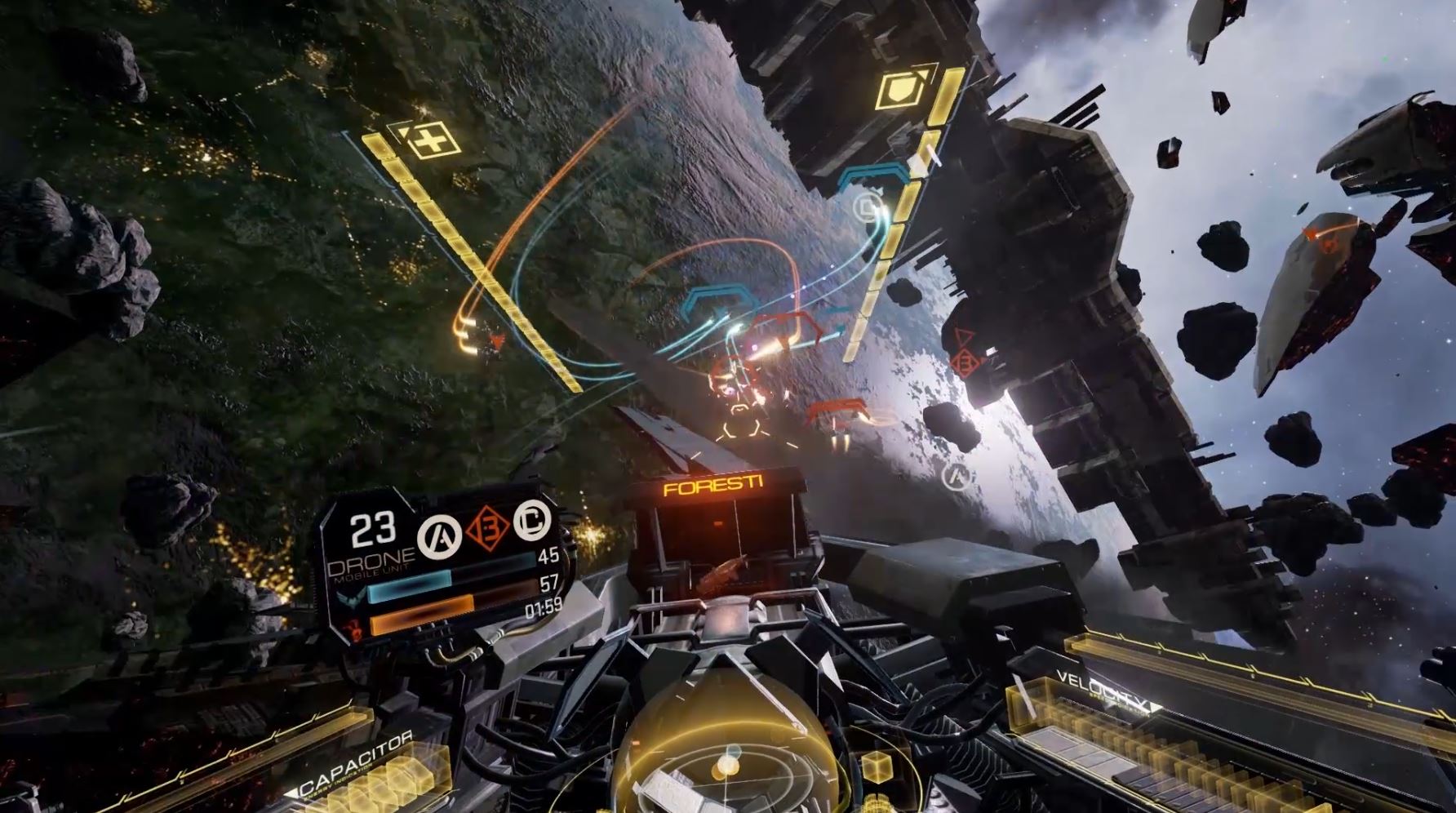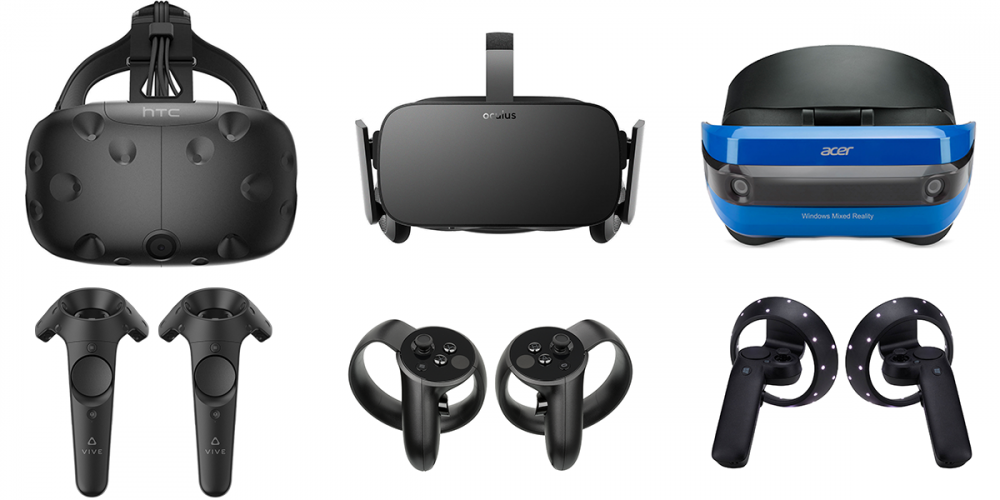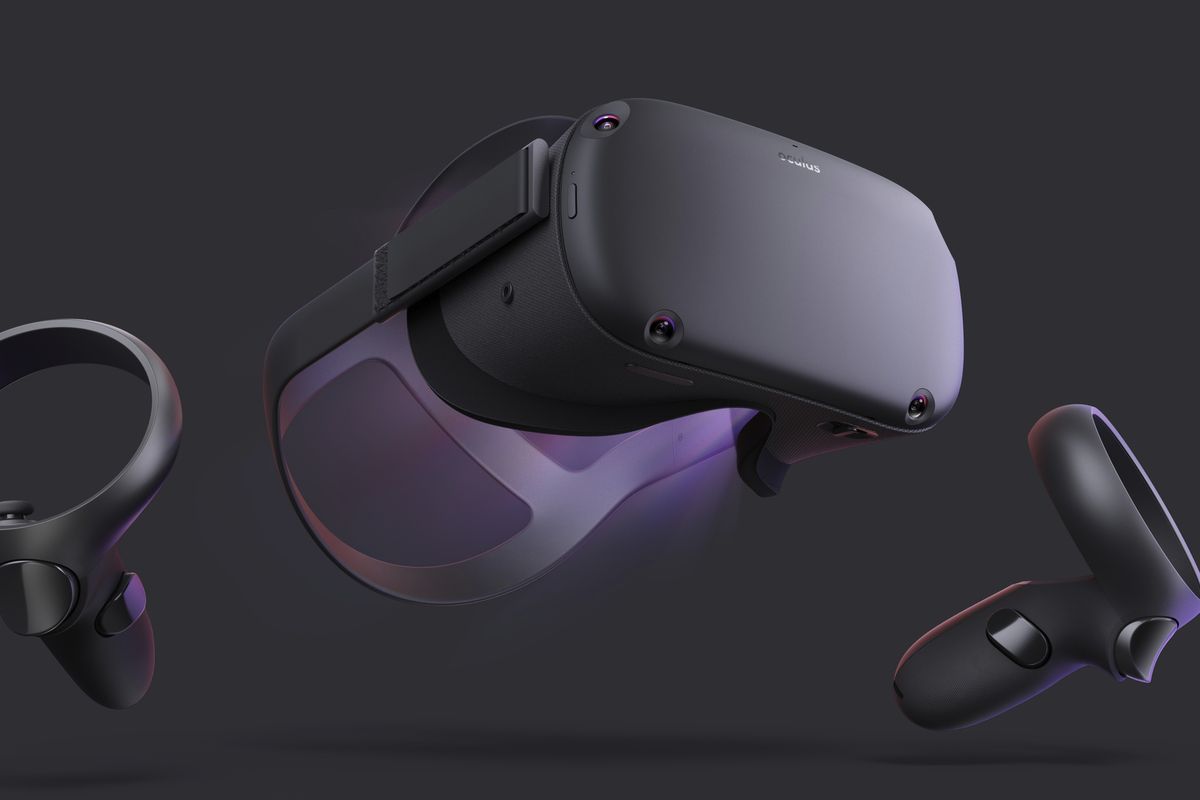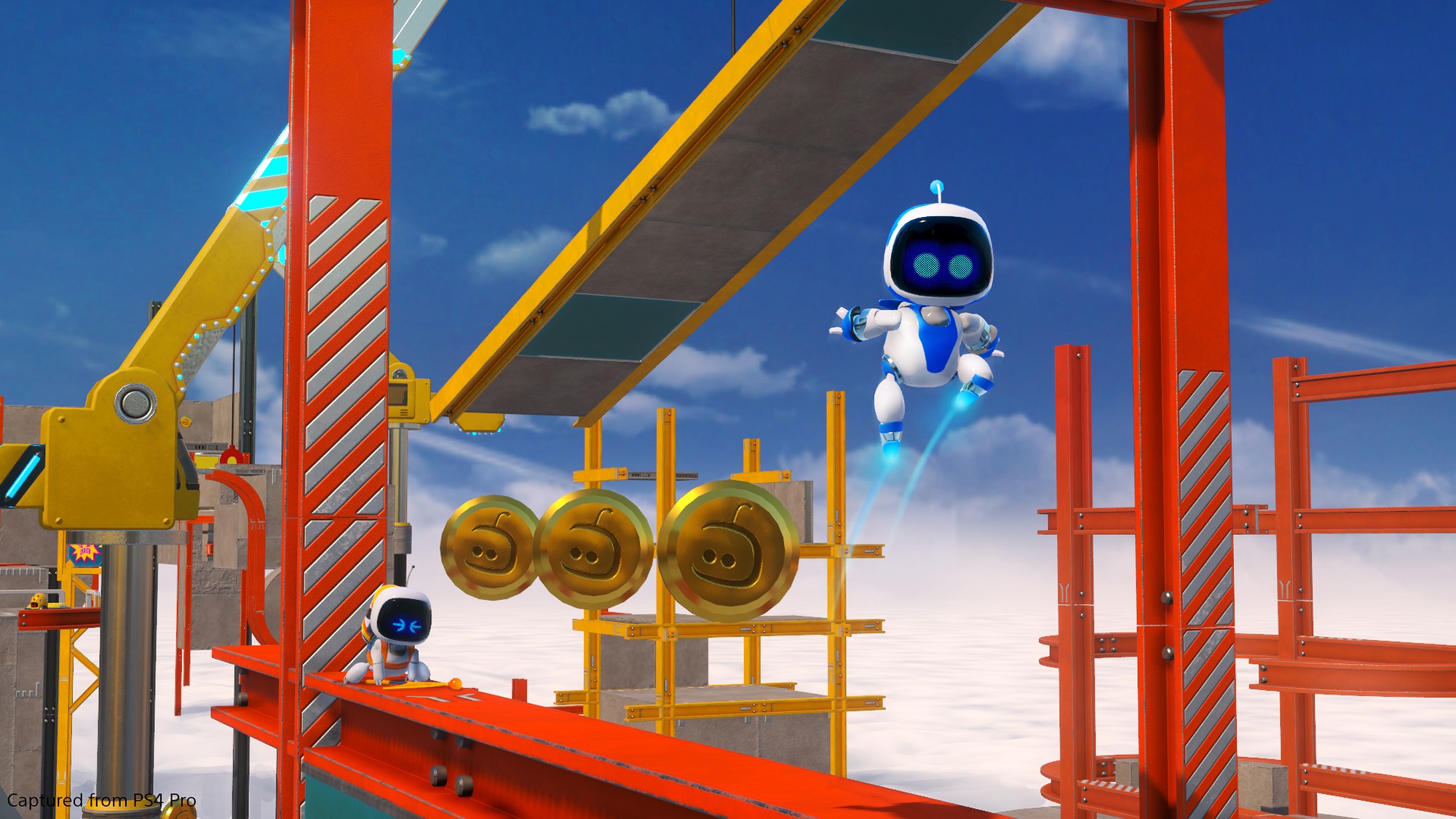Last night I went out to try vegan fried chicken for the first time with some friends (verdict: not bad!). As I bit into my Nashville Hot wings (no bone! wow!) one of them asked me: “So, you write about VR? Isn’t VR dead?”
It was innocently and genuinely phrased, despite the accompanying laughter from others who had previously put the question forward in a more mocking manner. It’s a query that comes up often, and one I always hesitate before trying to answer. And it wasn’t because the heat of the wings just hit me. It also wasn’t because I think it’s a foolish suggestion; I actually think it’s a very valid one.
I simply wonder how to approach it. Do I give the whole spiel? The one that basically explains that VR was never going to ‘take off’ in its current state and that the real deal might be just around the corner? Or do I laugh it off and go the more blasé route of “Maybe!”
The truth is, I don’t know if VR will get to where it needs to be before its biggest players throw in the towel. As much as I want it to succeed, I don’t want to launch into a scathing defense of something I’m unsure about. But, what I can do is tell you all the reasons for and against the industry’s eventual success. The prospect of which list outweighs the other is really in the eye of the beholder at this point. Is VR dead? You decide.
VR Is Dead!
Current VR Is Too Expensive, Complicated, And Not Good Enough
It would be fair to describe VR’s existing fanbase as enthusiast. That’s because you really do need to be passionate about this tech to justify getting into it. The Oculus Rift and HTC Vive cost a fairly reasonable $349 and $499 respectively, but that’s far from all you need to use them. You’ve got to buy a gaming PC powerful enough to run them, which is likely to cost around double the price of the headset. Then you’ve got to find space in your house/flat to play. Then you’ve got to set up external sensors for tracking that messy up the room and make setting up for VR a headache. Then you’ve got to find time to turn it all on and make sure it works right before actually enjoying a VR experience. That’s a lot of sacrifices. Oh, and you might do all of that and then discover VR makes you too sick to play.
Even if it doesn’t, current sVR isn’t perfect. It’s amazing, for sure, but there’s a raft of factors working against you. Pushing a display made in 2016-2019 against your face allows you to see the spaces between pixels, distorting the image. Lack of haptic feedback means there’s nothing to stop you when you try to walk through a wall. Limited environmental tracking means there’s no warning if a pet, kid or piece of furniture suddenly moves into your play area. Nudge a sensor during play and the world will flip out. These are all immersion-ruining issues and, while they’re being worked on in R&D labs across the world, it’ll be some time before we’re rid of them.
VR Probably Isn’t Selling Very Well Right Now
This March will mark the third year anniversary of the launch of the Oculus Rift. In April, the HTC Vive will celebrate the same birthday. In three years on the market, neither Facebook (which owns Oculus) nor HTC shared headset sales data. Neither company is under any obligation to reveal such data, but their silence speaks louder than words. It’s allowed analytics companies and others to form the narrative that VR hasn’t delivered on the astronomical expectations they themselves set. The multiple issues in the previous point don’t help, either.
Meanwhile, Sony’s PlayStation division offered sales updates for every million PSVR headsets sold. It’s currently on three million. With Facebook and HTC’s silence, this is presumed to be the most successful of the three headsets. And hey, three million is a lot of units. But it’s just a fraction of the PS4’s wider 91+ million install base. Why would anyone make a game or app for an audience that’s basically 1/100th the size.
Big Companies Are Already Pulling Out

It’s also not encouraging to see some of VR’s biggest, earliest backers already throwing in the towel. CCP Games, maker of EVE Online, was one of VR’s biggest proponents in the early days of the Rift. Closer towards launch, they made their commitment known with the release of EVE: Valkyrie as a poster-child VR game and setting up several new studios to work on the tech. Less than two years after Rift and Vive’s launch, though, CCP shut its VR operations down.
This is just one of many stories. Blockbuster giant IMAX had big plans for VR arcades that eroded from existence over the past year. Day-Z developer Dean Hall’s Rocketwerkz made two VR games it never expects to make its money back on. The fact of the matter is that the current VR market is not big enough to sustain many multi-million dollar productions. But, if developers can’t justify spending the kind of money to make games that will get people to buy VR headsets, how does VR break the chicken and egg cycle?
VR Has No Killer App
If there’s one question I’m asked just as much as “Is VR dead?” it’s “What’s VR’s killer app?”. The blunt truth of it is there isn’t one, at least not yet. There are glimpses of something special; Superhot, Astro Bot, Google Earth, Tilt Brush, Spheres as well as social experiences like Rec Room, Bigscreen and more. All offer amazing experiences unlike anything else you’ve seen. But something that’s so startlingly revelatory, so immediately striking that it makes millions rush out and buy a headset? That doesn’t exist yet.
Three years into consumer VR, it is a little disappointing that we don’t have the killer app yet.
Long Live VR!
Exciting New Headsets Solve Some Of VR’s Biggest Issues
I’ve often made the argument that the Oculus Rift, PlayStation VR, HTC Vive and others are not the headsets that will take VR mainstream, but they’re made by the companies that will. These headsets are the foundations to build upon, with every iteration from here on out addressing more core problems.
Take the Oculus Quest, for example. It’s an upcoming standalone VR headset with six degrees of freedom (6DOF) inside-out tracking. Let’s unpack that. Standalone means that everything needed to jump into VR is already in the headset. There’s no need for a PC, phone or console, you just strap it on and you’re good to go. 6DOF tracking means you can move your head and hands through virtual space just like you can on Rift. Inside-out means that the sensors needed to track your movements are placed on the headset and not around your room. Plus, Quest’s display is a higher resolution than the Rift (though not dramatically so). That’s a lot of VR’s core concerns addressed (if not solved) in one package. And it costs $399, just $50 more than the current Rift. Lots of people believe Oculus Quest has a real shot at making VR mainstream.
But it’s not just Quest. The next generation of PC and console-based headsets also stand to make VR better and more accessible with simplified connections, optimized software development kits and improved tracking systems. The core concerns about VR’s barriers to entry are gradually being chipped away in meaningful ways.
Developers Are Finding Success In The Here And Now
Despite what you may hear, VR isn’t all doom and gloom. There are actually a fair number of developers with encouraging success stories. The most recent and obvious is surely Beat Games’ phenomenal success with rhythm action VR game, Beat Saber. This unknown indie studio started 2018 with an unassuming trailer for its Guitar Hero-style game which swapped out plastic instruments for virtual lightsaber knockoffs. Within a month of Early Access launch on PC, Beat Saber had sold over 100,000 copies. Despite not launching on PS4 until the following November, it became one of the most downloaded PSVR titles of the entire year.
And that’s not just a one-off. Job Simulator, Arizona Sunshine, Raw Data and other VR games have all been ‘successful’ to varying degrees. Publishers like Sony and Oculus are propping up some teams, but others are going independent with 1-5 person teams and still turning a profit. A young student released his first ever game in VR and became an overnight success. Windlands developer Psytec Games did well enough to staff up and make a massive sequel. There are plenty of developers that will share their VR struggles with you, but others that have some successes to share too.
The Content Is Getting Better
Do we have a killer app? No, but we’re starting to learn what VR is really about. There’s still a long way to go but Astro Bot, Superhot, Beat Saber, Spheres, A Fisherman’s Tale and many others prove that VR is capable of amazing things. Sony’s Shawn Layden recently said that we’re beginning to see the formation of “VR 2.0 games and software”. In other words: the best is yet to come.
As VR headsets get better, so too will the content we experience inside them. In fact, the existing library of games and apps on Steam, Oculus and PlayStation stores will all be superior experiences inside these new headsets. As VR continues its search for a killer app, it is also amassing a huge portfolio to further validate a purchase.
Enterprise Has Embraced VR
It’s important to remember that gaming isn’t the only key audience for VR, though. Companies like Walmart are buying up thousands of headsets to initiate VR training plans. Hospitals are finding effective new treatments through virtual worlds. Schools are only just starting to scratch the surface of what VR means for education.
True, this doesn’t help VR much in the consumer arena, but it does prove that markets can be built and business models can work around this tech.































